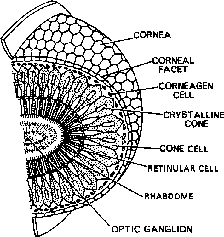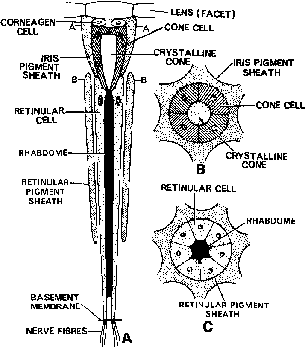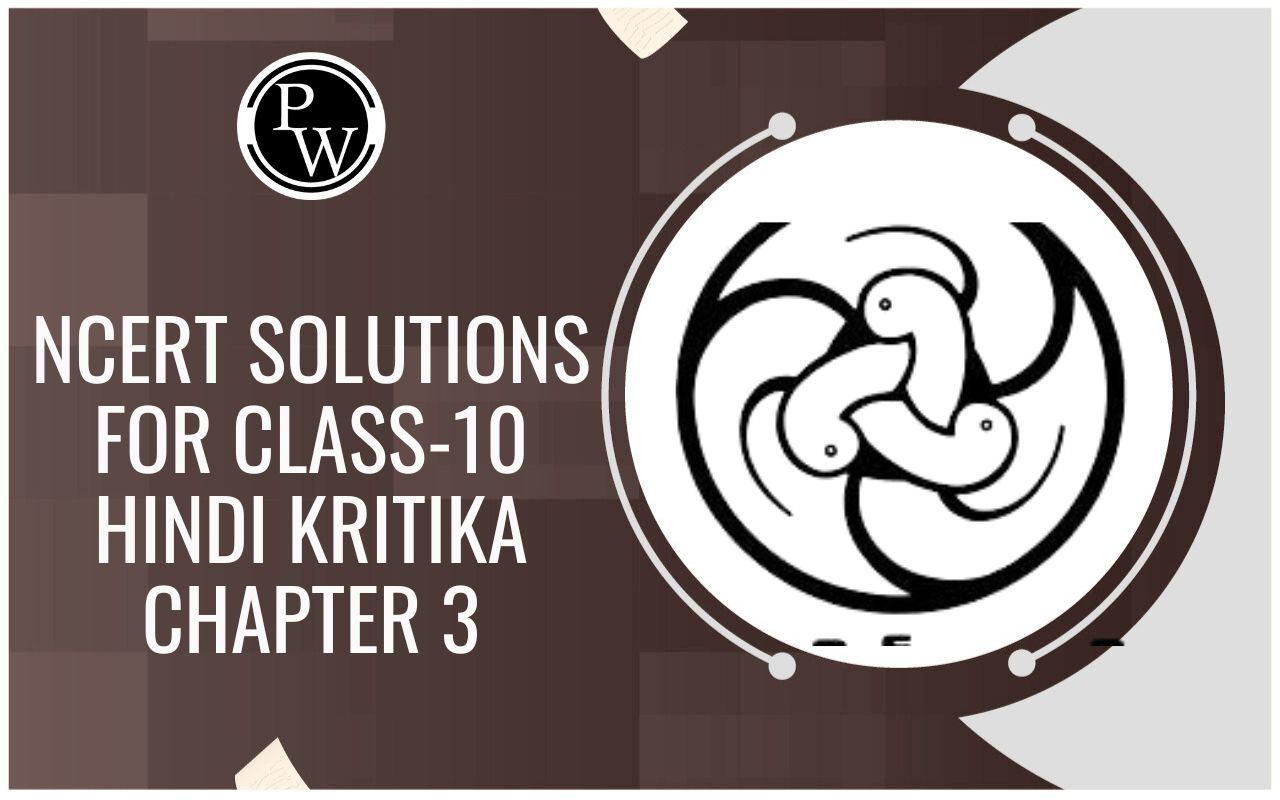
Nervous System of Cockroach
Anatomy of Earthworm,Cockroach & Frog of Class 11
Nervous System
It consists of:
(i) Central Nervous System : Consists of brain or supra-oesophageal ganglion. Brain gives off a pair of short, stout cords, the circumoesophageal connectives, that encircle the oesophagus and pass downwards and backwards over the sub-oesophageal ganglion situated below oesophagus.
From the sub-oesophageal ganglion, a double ventral nerve cord passes backwards into the thorax which bears three ganglia in the thorax and six in the abdomen.

Fig. Nervous System of Cockroach
(ii) Peripheral Nervous System : Consists of nerves, which are given off from the ganglia so as to innervate all parts of the body.
(iii) Sympathetic or Stomato-gastric Visceral Nervous System: Consists of a frontal ganglion, which is situated on the dorsal side of the oesophagus in the head. From this ganglion, a median unpaired recurrent nerve reaches the visceral ganglion situated on the crop. Various nerve branches are given off from the visceral ganglion. The frontal ganglion is joined with the central nervous system by nerves, which connect the circumoesophageal commissures.
Sense Organs
Receptor cells present on general body surface are:
Proprioreceptors : They are for hearing or receiving sound vibrations. Auditory receptors are present on antenna and anal cerci.
Thigmoreceptors : They are receptors for touch. Thigmoreceptors are present on body, antenna, maxillary palps and legs.
Olfactory receptors : They receive various smells. Olfactory receptors are present on antenna and palps.
Gustatory receptors : They are for sense of taste. Gustatory receptors are present on maxilla and labial palps. In cockroach vision is mosaic and apposition image is formed (although cockroach is nocturnal), if pigmented iris sheath is removed from the compound eye of insects, only superposition image will be formed.
Compound eyes
Each eye consists of about 2000 hexagonal facets or ommatidia, which are covered externally with transparent cuticle called the cornea. A single ommatidium consists of
(i) Corneal lines or facets formed by the transparent cuticle.
(ii) A pair of corneagen cells which form the corneal lens.
(iii) A refractive crystalline cone enclosed by four elongated conical cells, called cone cells or vitrellae.
(iv) Distal pigment cells around the cone.
(v) Retinula consisting of eight cells, forming a rhabdome.
(vi) Basal pigment cells around the retinula.
(vii) The basement membrane.


Fig. V.S. of a Compound Eye of Cockroach Fig. A: V.S. of anommatidium; B: T.S. of its region of cone cells; T.S. of its region of retinular cells
Endocrine System
Some glands and ganglia secrete hormones. Endocrine system consists of:
1. Corpora cardiaca : A pair of glands situated near brain. Corpora cardiaca secretes a hormone that regulates heart pulsation.
2. Prothoracic gland : Single gland located in prothorax. Prothoracic glands secrete moulting hormone or ecdysone.
3. Carpora allata : A pair of glands, situated close to brain. Corpora allata secrete juvenile hormone which controls metabolism and tissue growth.
4. A gland closely associated with brain secretes brain hormone or prothoracicotropic hormone (PITCH). This hormone performs two functions. They are:
(i) Stimulation of metabolism of prothoracic gland.
(ii) Secretion of ecdysone from prothoracic gland.
Related Topics





